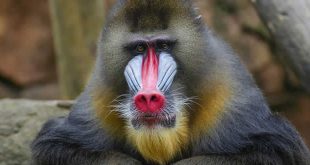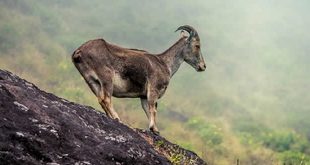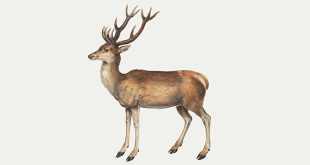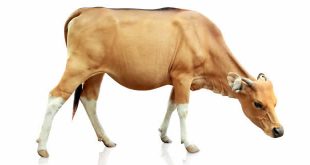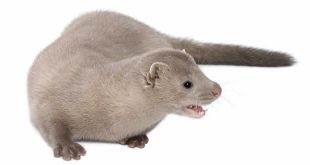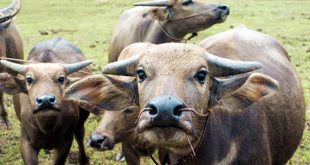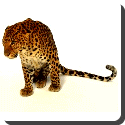 Leopard — The leopard (Panthera pardus) is an Old World mammal of the Felidae family and the smallest of the four ‘big cats’ of the genus Panthera, along with the tiger, lion, and jaguar. Leopards that are melanistic, either all-black or very dark in coloration, are known colloquially as black panthers.
Leopard — The leopard (Panthera pardus) is an Old World mammal of the Felidae family and the smallest of the four ‘big cats’ of the genus Panthera, along with the tiger, lion, and jaguar. Leopards that are melanistic, either all-black or very dark in coloration, are known colloquially as black panthers.
Once distributed across southern Eurasia and Africa, from Korea to South Africa and Spain, it has disappeared from much of its former range and now chiefly occurs in subsaharan Africa. There are fragmented populations in Israel, Indochina, Malaysia, and western China. Despite the loss of range and continued population declines, the cat remains a least concern species; its numbers are greater than that of the other Panthera species, all of which face more acute conservation concerns.
The species’ success owes in part to its opportunistic hunting behaviour and its adaptability to a variety of habitats. The leopard consumes virtually any animal it can catch and ranges from rainforest to desert. Its ecological role resembles that of the similarly-sized cougar in the Americas. Physically, the spotted cat most closely resembles the jaguar, although it is of lighter build.
The leopard is an agile and graceful predator. Although smaller than the other members of Panthera, the leopard is still able to take large prey given a massive skull that well utilizes powerful jaw muscles. Its body is comparatively long for a cat and its legs are short. Head and body length is between 90 and 190 cm, the tail reaches 60 to 110cm. Shoulder height is 45 to 80 cm. Males are considerably larger than females and weigh 37 to 90 kg (81 to 198 lbs) compared to 28 to 60 kg (62 to 132 lbs) for females.
One of many spotted cats, a leopard may be mistaken for a cheetah or a jaguar. The leopard has rosettes rather than cheetah’s simple spots, but they lack internal spots, unlike the jaguar. The leopard is larger and less lanky than the cheetah but smaller than the jaguar. The leopard’s black, irregular rosettes serve as camouflage. They are circular in East Africa but tend to be square in southern Africa.
Leopards have been reported to reach 21 years of age in captivity
Graceful and stealthy, leopards are famous for their ability to go undetected. They are good, agile climbers, but cannot get down from a tree headfirst, because they do not have the ankle flexibility—the only two cats that do are the Margay and the Clouded Leopard.
Along with climbing, they are strong swimmers but not as fond of water as tigers; for example, leopards will not normally lie in water. They are mainly nocturnal but can be seen at any time of day and will even hunt during daytime on overcast days. In regions where they are hunted, nocturnal behaviour is more common. These cats are solitary, avoiding one another. However, three or four are sometimes seen together. Hearing and eyesight are the strongest of these cats’ senses and are extremely acute. Olfaction is relied upon as well, but not for hunting. When making a threat, leopards stretch their backs, depress their ribcages between their shoulder blades so they stick out, and lower their heads (similar to domestic cats). During the day they may lie in bush, on rocks, or in a tree with their tails hanging below the treetops and giving them away.
 Kids Portal For Parents India Kids Network
Kids Portal For Parents India Kids Network
